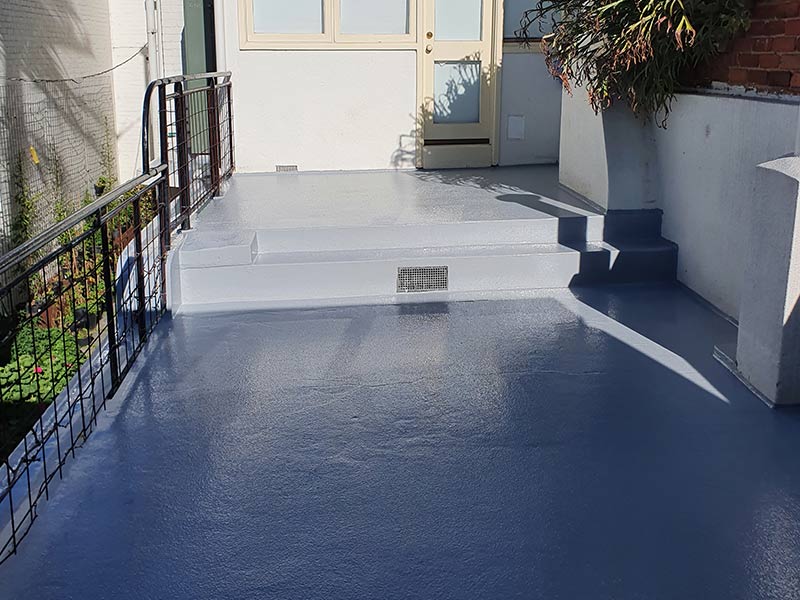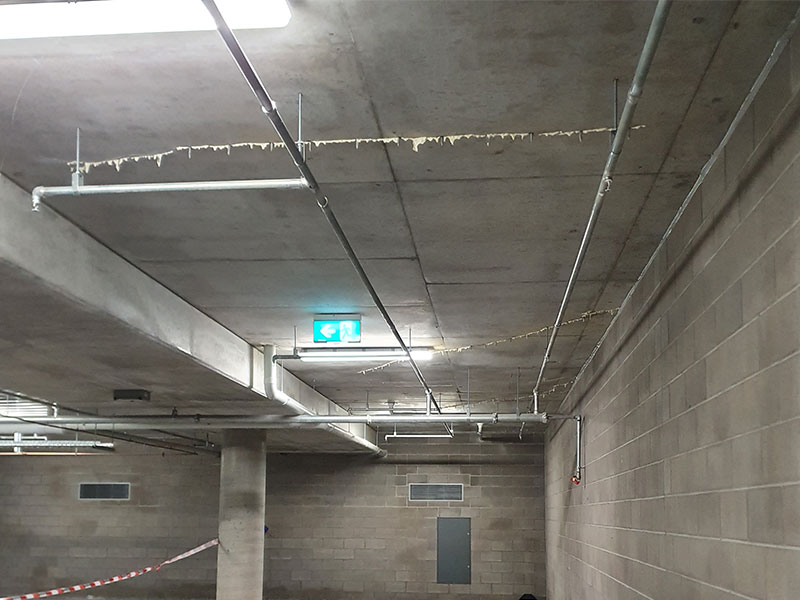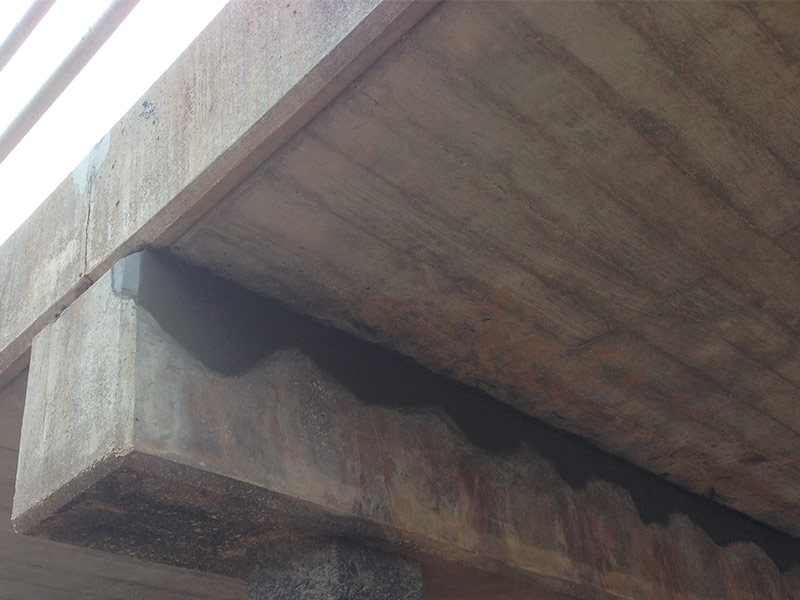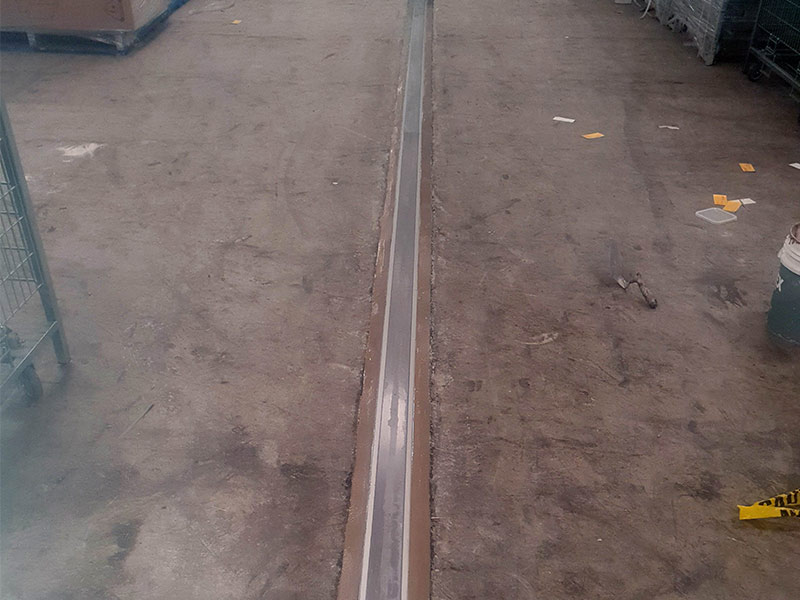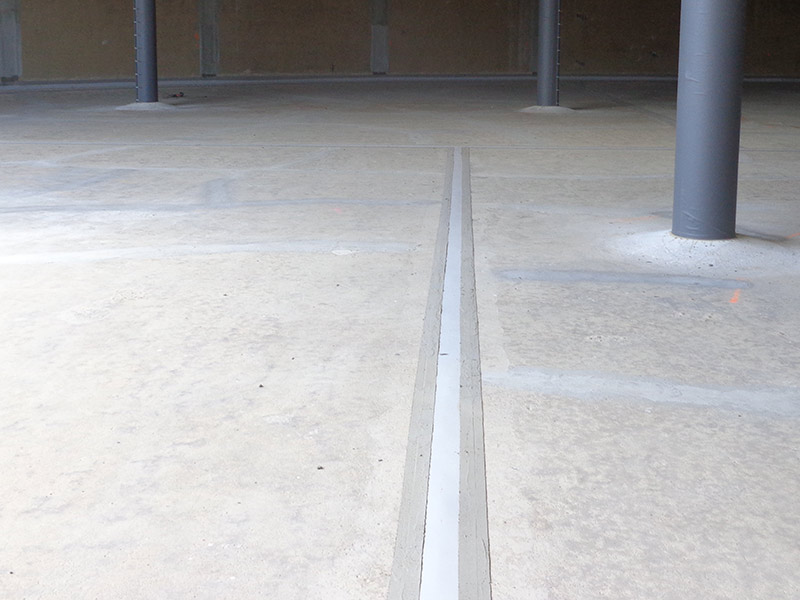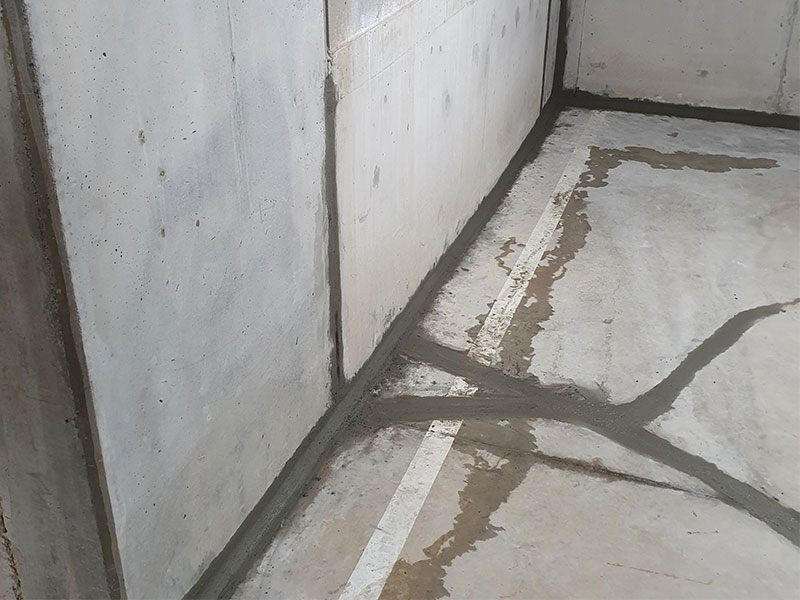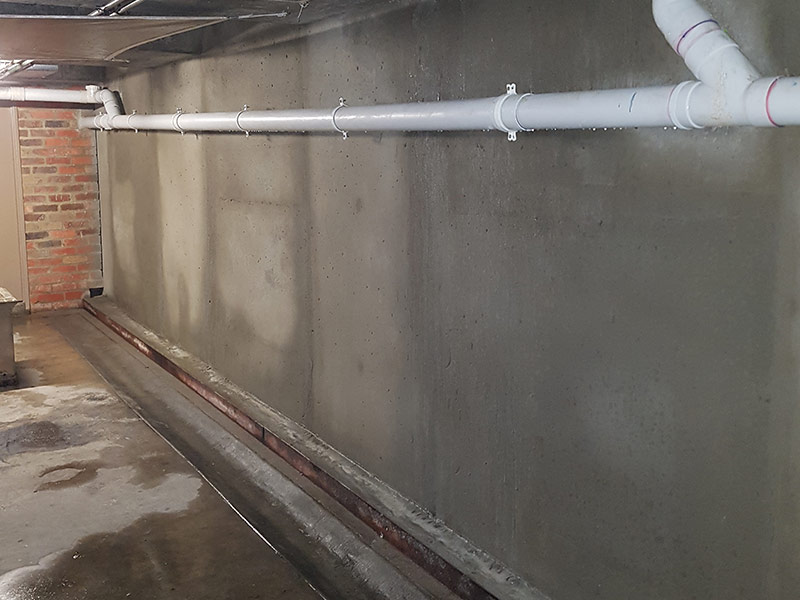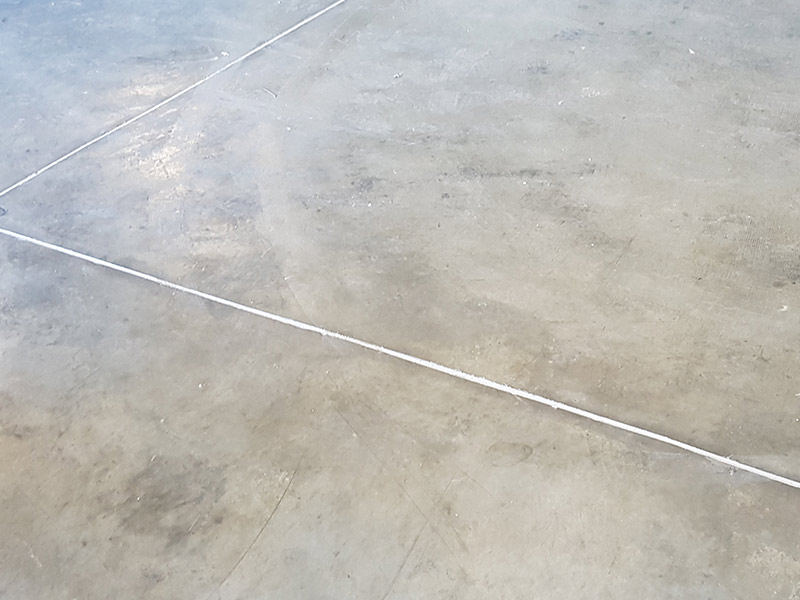Concrete Repair and Remedial Services
Our extensive knowledge in this industry along with years of hands-on experience, strong relationships with product suppliers and industry leaders ensure only the best methods and products are used to perform any concrete repairs for all types of concrete structures and assets.
A list of our core concrete repair services and remedial methods are found below, however, if you are unsure of what repairs or remedial services are required, we offer free on-site assessment, review, advice and quotation.
Our concrete remedial and repair services extend to works in both confined spaces and working at heights.
All work is covered under warranty, and we’re fully insured allowing you to enjoy total peace of mind.
Concrete Water Proofing
Concrete waterproofing is the application of impervious material layer on concrete, which prevents water from penetrating and making the structure waterproof so that it remains relatively unaffected by water.
Concrete is penetrable and permeable compound which absorbs water, waterborne contaminants and chemicals that will cause deterioration to concrete.
Concrete waterproofing may be needed if you have any of the following issues:
Signs of Issues: Moisture or wetting out - Water leaking - Water ingress
Where used:
- Underground carparks
- Cellars
- Elevator lift shafts
- Basements
- Bridges
- Car stackers
- Swimming pools
- Balcony areas
Concrete Remedial Group uses the following methods of concrete waterproofing:
Liquid Waterproofing Membrane
It offers more flexibility than the cementitious type of waterproofing by forming a rubbery coating on the applied surface.
Polyurethane liquid membranes are also used for waterproofing.
Crystalline Negative Tanking Membrane
Polyurethane & Epoxy Injection
Polyurethane injection is performed to seal active leaks, prevent moisture migration and protect structures from corrosion and water-related decay. Polyurethanes are designed to interact and expand in contact with moisture, making polyurethane injection technology superior in wet and actively leaking environments.
Polyurethane resins vary from rigid and strong to flexible, rubbery and soft.
Epoxy is a strong adhesive that does not expand. While curing epoxy creates a strong bond with the concrete substrate and ultimately provides a repair of high compressive and tensile strength properties.
Signs of Issues: Cracking in any concrete structures - Moisture or wetting out - Leaking -Heavy flowing leaks in concrete structures
Where used:
- Active leaks
- Concrete cracks
- Voids (Honeycomb concrete)
- Concrete joints
- Concrete defects
- Reinstate concrete slabs & concrete floors
- Concrete restoration
- Potable water areas
- Water catchment infrastructure
- Tanks
Concrete Repairs
Concrete repairs prolong the life of concrete buildings and infrastructure and assists in providing a sustainable solution to your buildings or assets.
Signs of Issues: Moisture or wetting out - Water leaking - Water ingress - Slab Floors/Walls/Columns/Decks General cracking in concrete structures
Where used:
- Cracks in concrete
- Concrete spawls
- Delaminated concrete
- Rusted steel within concrete
- Concrete cancer
Concrete Remedial Group can carry out concrete repairs in buildings including concrete facades, bridges, pools and other areas where concrete cancers and spalls are present.
High strength quick set floor repair
High strength quick set floor repairs are specifically used for repair and rehabilitation, high-performance, polymeric concrete floor repair designed to quickly and permanently repair/patch floor surface defects such as:
- Potholes in concrete floors
- Cracks in traffic areas
- Chipping concrete
- Damaged and worn concrete
- Chemical degradation or damage
- Concrete cracks and spalls
Where used:
- Warehouse floors
- High traffic areas
- Car parks/ parking decks
- Bridge decks
- Roads
- Curbs
- Divots
- Fastner holes
- Gouges
- Thoroughfares
- Expansion joint repairs
- Movement joint / construction joint edging / nosing’s
The advantages are damaged concrete areas can be returned to service in one to four hours. Suitable for indoor and outdoor and increase strength and resistance. The repair methods are alkaline in nature and will protect embedded steel.
Movement joint installation/repair
Movement joints are used as expansion joint gap covers for areas that experience movement within structures for example construction joints in concrete slabs. Buildings are designed to allow movement in response to various forces including thermal expansion and contraction, long-term shrinkage of structures, as well as in some cases seismic activity.
Expansion joint are commonly located on structures such as bridges, highways, sidewalks and car parks.
Signs of Issues: Concrete spalling - Concrete shattering - Concrete cracking
Where used:
- Bridges
- Highways
- Sidewalks
- Car parks
Without expansion joints, the concrete can crack or distort. However, expansion joints on their own are susceptible to failure.
As a result, seals are frequently installed in expansion joints to prevent in-compressible debris from entering the joint.
Each application is individually assessed to ensure compatibility with joint movement, environmental factors and any other specific requirements.
Waterstop / Waterproof Tape Systems
Waterstop is a concrete building component that aims to prevent the ingress into concrete joints.
It protects the structure against damaging elements such as water, mud and moisture.
High performance joint sealing systems are used for construction joints, movement / expansion joints, connection joints or cracks. The system allows carriable movement in multiple directions whilst maintaining a water tight seal.
Where used:
- Concrete construction joints
- Tunnels and culverts
- Joints / crack in concrete structures
- Sewer treatment plants
- Basements
- Water retaining structures
- Drinking water reservoirs
- Swimming pools
- Movement joints
- Pipe penetrations
Crack Repair Systems
There are several methods of concrete crack repair we use such as epoxy injection, routing and sealing, grouting, stitching, drilling and plugging of cracks in concrete. At Concrete Remedial Group we can advise further upon inspection to ensure the best concrete crack repair system to use.
Signs of Issues: Water ingress - Moisture migration - Efflorescence - Wetting on floors, walls or cracks– general cracks of concrete structures
Where used:
- Actively leaking cracks or faulty construction joints
- Actively leaking joints or cracks
- Non leaking crack
- Through slab penetration
- Hydrostatic pressure
Industrial / Protective Coatings
Industrial / Protective Coatings protect concrete surfaces and structures. This includes the protection of all types of buildings and structures in various types of environment and climates.
Signs of Issues: Efflorescence growth - Lack of concrete cover over steel – Failed Membrane – wear and tear
Where used:
- Reservoirs
- Water and sewage treatment plants
- Swimming pools
- Parking structures
- Foundations
- Preventative maintenance to concrete structures
- Throughfares / Decks / Roof slabs
Caulking
This process is used to seal joints in structures as well as fill cracks in seams. Caulking is the application of a filler and/or sealant, to gaps, seams, joints or crack between stationary building components.
Where used:
- Expansion joints
- Movement joints
- Floor/wall junctions
- Trafficable movement joints
- Warehouse floors
- Chemical resistant areas
Concrete Remedial Group
All work is covered under warranty and we’re fully insured
allowing you to enjoy total peace of mind.
Ph: 0412 033 957
For Expert Advice & Free Quote
Business Hours
Monday - Friday: 7:00 am to 5:00pm
Saturday - 9:00am to 3:00pm
Sunday - Closed

